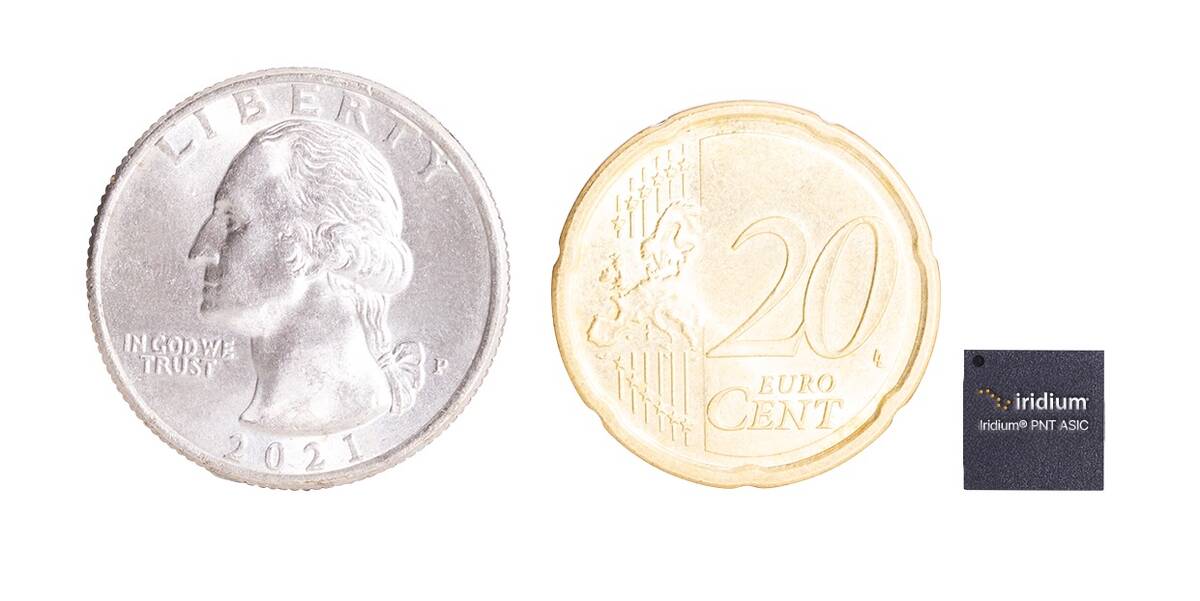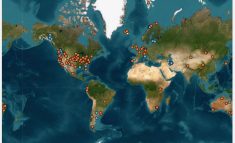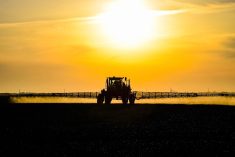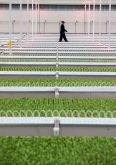Sustainable production is the latest focus in agriculture as countries around the world look for ways to deal with climate change.
The European Union’s Farm to Fork strategy, for example, spells out ambitious goals for sustainable food production. Among its targets by 2030 are reducing chemical pesticide and antimicrobial use by 50 per cent and fertilizer use by 20 per cent, cutting nutrient losses by 50 per cent and converting 25 per cent of total farmland to organic production.
Why it matters: European farmers are challenged to achieve the EU’s sustainability targets without reducing the yield and quality of their products. Many are turning to technology and innovation solutions.
Read Also

New Iridium technology helps block GPS spoofing
A tiny new chip will allow Iridium’s Positioning, Navigation and Timing (PNT) signals to be received much smaller devices, create a backstop against Global Positioning Systems (GPS) spoofing.
In the southwestern German state of Rheinland Palatinate, the Siebert family’s grape growing and winemaking roots date back to 1675. Today, the Schenk-Siebert Winery is transitioning its 98.8 acre vineyard to organic production and serves as a test winery for new ag tech solutions for agricultural supplier and service provider Raiffeisen Waren-Zentrale (RWZ) Rhein-Main.
Grower Christoph Siebert has been a test operator for RWZ’s Vineyard Cloud farm management system since 2022, which he’s using to manage all aspects of grape growing. He says it has been particularly helpful in managing the transition to organic production.
Automating the assignment of daily work tasks reduces the potential for error and helps Siebert manage his workforce. The system also manages fertilizer planning for the farm, based on soil sample analysis, and documents all crop protection operations. It issues alerts if rows are missed, making it easy for Siebert to provide documentation of his practices for farm audits.
“We use it with a tablet in every tractor and all employees have their own accounts so I can assign and check tasks and with live detection, I know where every employee is and what they are working on,” he said during a tour of his operation earlier this summer.
His workers come from Poland, Turkey, China and Romania, so he also uses the system as translation software, which reduces the potential for costly misunderstandings.
Sustainability and innovation are also top of mind at global agriculture chemical company BASF, headquartered in nearby Ludwigshafen. It has developed a network of more than 100 European farmers to help the company produce and test digital farming solutions.
Dominik Belaire, a crop and livestock farmer near the Rheinland-Palatinate town of Neupotz, is part of BASF’s FarmNetwork. He farms 494 acres on approximately 100 different land parcels ranging in size from one to 50 acres.
A user of BASF’s Xarvio system for the last three years, Belaire is keen to show that sustainability and digitalization are not just for large farms.

“Xarvio helps me with decision-making. Crop protection means I can always produce food in wet or dry years; I try to use as little as possible and use it judiciously but in wet years, if I don’t use fungicide, this crop is no longer food but waste,” he said.
His father used to manually adjust the fertilizer spreader but Belaire uses Xarvio’s biomass maps to show how much is needed on each field, including the so-called “red zones” where soil nitrogen levels are too high.
Software can also automatically adjust and control spraying and keep records for audits. A prognosis model can help ensure products are applied at the right time.
“This leads to better and assured quality. I’m at my most sustainable when I can produce the most amount of food with the least amount of inputs. We can’t change overnight, but this is the future,” added Belaire.
“I love what I do, and precision agriculture lets me be more precise than in the past and gives people more comfort about what I am doing.”
As a BASF network farm operator, he often receives visits from politicians. He shows them how he farms and why it matters.
“Bringing someone to a farm is much more impactful than a flyer,” he says.














